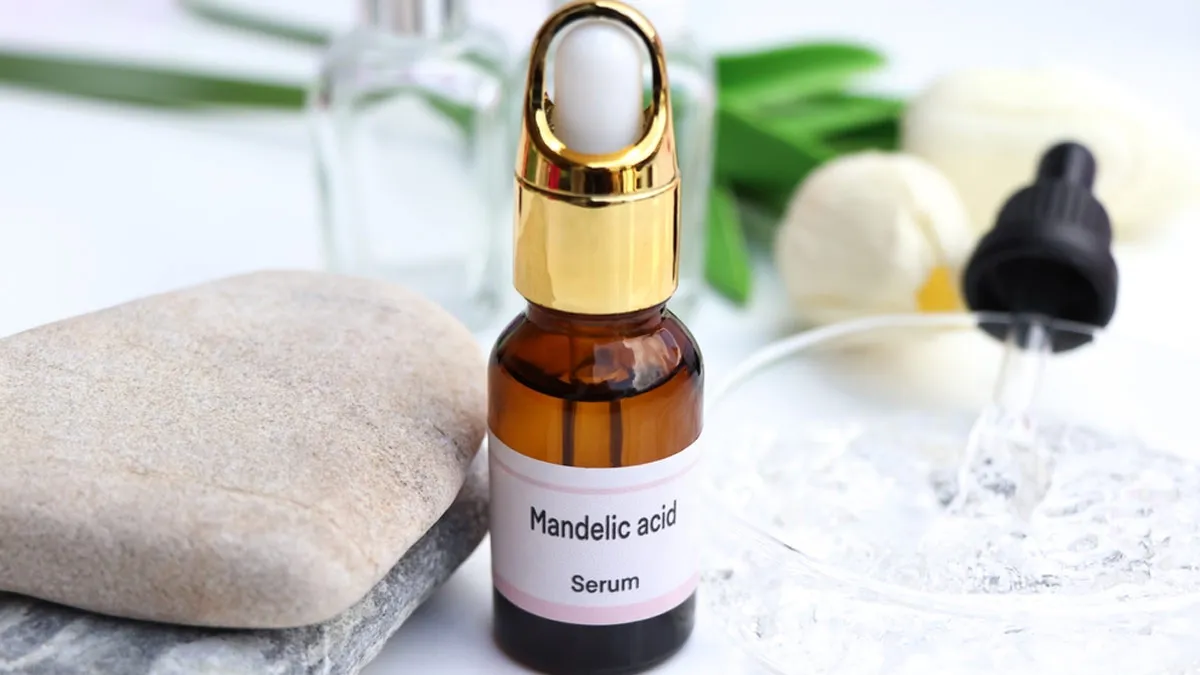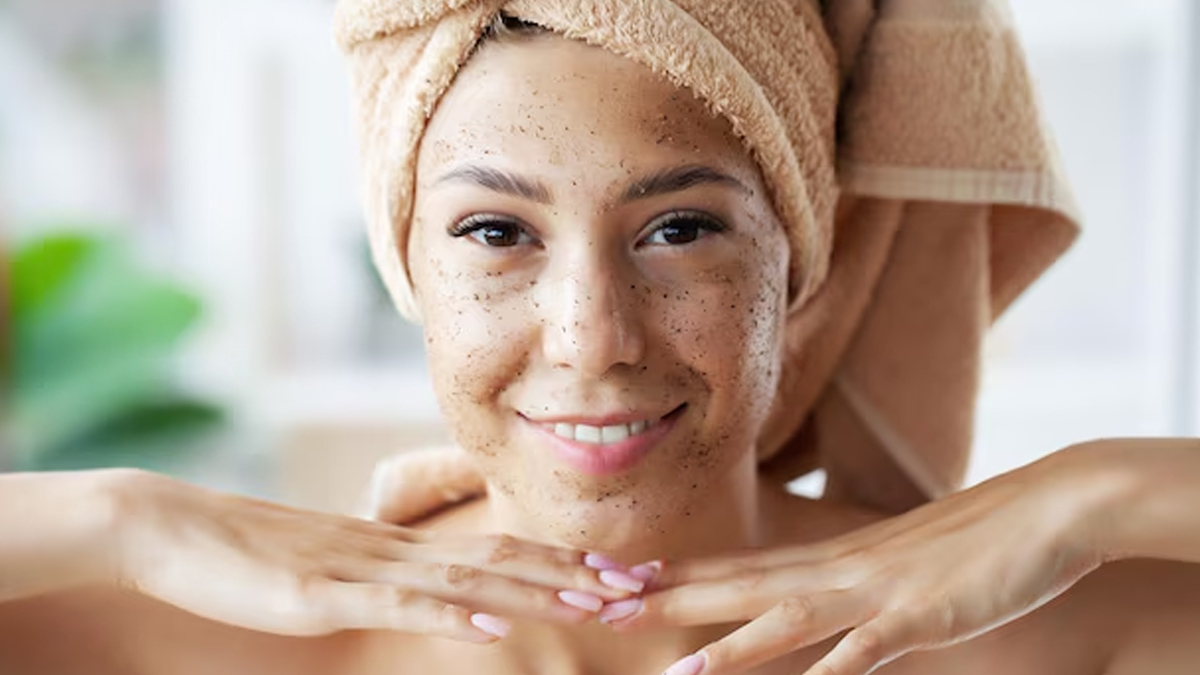
Does it ever feel like your skincare routine is more trial-and-error than success? Finding something that works, especially if you have sensitive skin, can be so frustrating. That’s where mandelic acid comes in. This gentle ingredient, made from bitter almonds, has larger molecules than other Alpha Hydroxy Acid (AHAs), making it a gentle option for sensitive skin. In this article, we list the benefits of mandelic acid for skincare and how to use it.
Table of Content:-
Benefits Of Mandelic Acid for Skincare
Gentle Yet Effective Exfoliation

Mandelic acid’s larger molecular structure allows it to penetrate the skin more slowly, minimising irritation while effectively getting rid of dead skin cells. This slow penetration makes mandelic acid a great choice for individuals new to chemical exfoliation or those who have struggled with redness and sensitivity from other AHAs like glycolic acid. Regular use can reveal a brighter complexion, improve skin texture, and unclog pores without causing the stinging or redness often associated with harsher acids.
Fades Hyperpigmentation
Hyperpigmentation, whether from sun damage, acne scars, or melasma, is a common skin concern that can be challenging to treat. Mandelic acid excels in reducing the appearance of dark spots and uneven skin tone. Its gentle exfoliating action encourages the turnover of pigmented cells, gradually fading discolouration and promoting a more uniform complexion. A1999 study found that mandelic acid could reduce hyperpigmentation from melasma by up to 50% in about four weeks.
Reduces Acne and Blemishes

Acne sufferers often struggle to find products that effectively target breakouts without causing further irritation. Mandelic acid’s antibacterial properties make it an excellent option for combating acne. It helps regulate sebum production, unclogs pores, and reduces inflammation, which are key factors in preventing and treating blemishes.
A 2019 study compared 30% salicylic acid peels with 45% mandelic acid peels for treating mild to moderate acne. While both were equally effective, the mandelic acid peel proved to be safer and gentler.
Boosts Collagen Production
Collagen is the building block of youthful and resilient skin. Collagen production naturally decreases with age, resulting in drooping skin, wrinkles, and fine lines. Mandelic acid not only exfoliates but also stimulates the skin to produce more collagen, helping to improve elasticity and reduce the appearance of fine lines over time.
Incorporating mandelic acid into your skincare routine can contribute to a plumper, firmer complexion. While the effects may take time to become noticeable, the long-term benefits are worth the consistency and patience.
Suitable for Sensitive Skin

Finding effective skincare ingredients that work without aggravating sensitive skin can feel like a challenge. Mandelic acid’s gentle nature makes it a standout option. Unlike stronger acids that can cause redness, peeling or irritation, mandelic acid works gradually, offering all the benefits of exfoliation and skin renewal without harsh side effects.
This gentleness extends to its compatibility with other skincare ingredients. For instance, mandelic acid can often be used alongside retinoids or vitamin C, making it a versatile addition to your routine. However, it’s always a good idea to patch-test and introduce new products slowly to ensure your skin tolerates them well.
How to Add Mandelic Acid Into Your Routine
To get the most out of mandelic acid, start using it 1-2 times per week, especially if you’re new to exfoliants. Increase frequency gradually as you build tolerance for it. Look for serums, toners, or cleansers containing mandelic acid at concentrations of around 5-10% for optimal results.
Always apply mandelic acid on clean, dry skin and follow with a moisturiser to lock in hydration. Since AHAs can increase skin sensitivity to the sun, wearing sunscreen during the day is non-negotiable to protect your skin from UV damage.
[Disclaimer: This article contains information for informational purposes only. Hence, we advise you to consult your professional if you are dealing with any health issues to avoid complications.]
Also watch this video
Read Next
Are You Over-Exfoliating? Know Its Dangers And Dermat Approved Tips To Keep Your Skin Barrier Intact
How we keep this article up to date:
We work with experts and keep a close eye on the latest in health and wellness. Whenever there is a new research or helpful information, we update our articles with accurate and useful advice.
Current Version